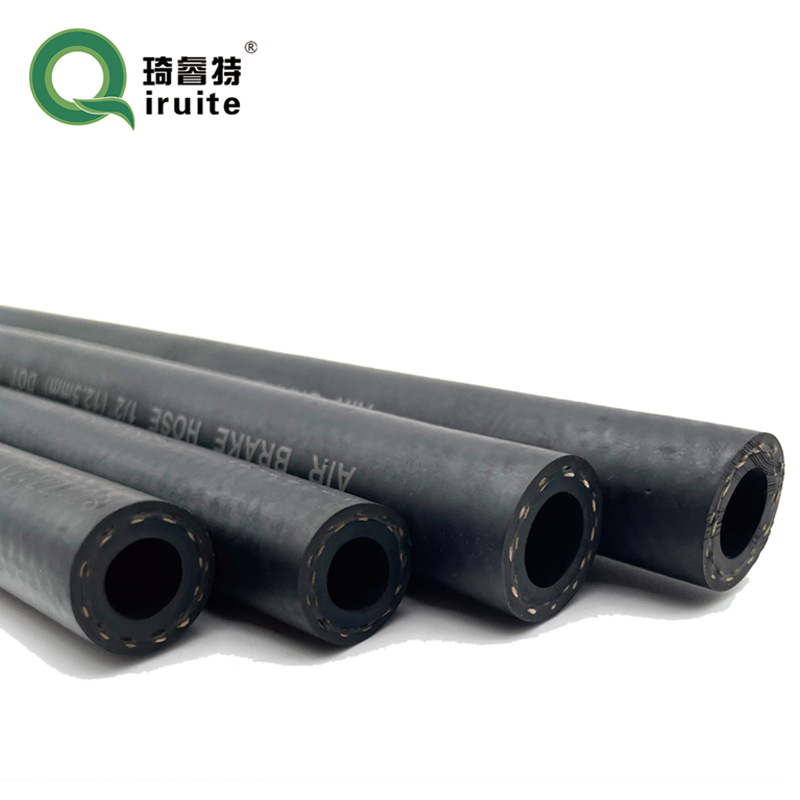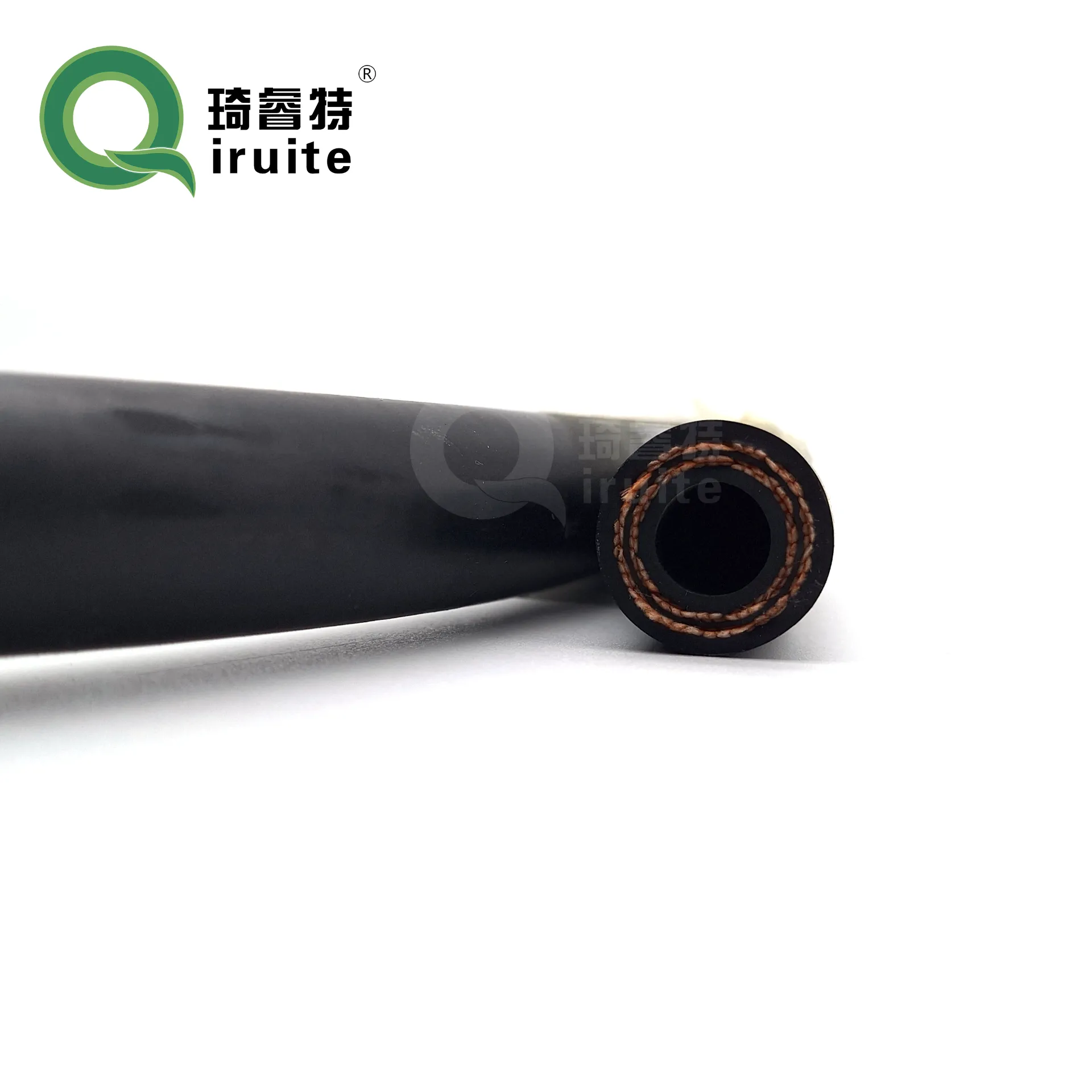helmi . 20, 2025 02:03
Back to list
how to replace a high pressure power steering hose
Replacing a high-pressure power steering hose might seem like a daunting task, but with the right tools and a little patience, it can be accomplished successfully. This guide will walk you through the process step-by-step, ensuring you maintain safety and achieve optimal performance for your vehicle. A high-pressure hose is crucial in the power steering system as it transfers hydraulic fluid from the pump to the steering gear, allowing for easier maneuverability of the vehicle. A failure in this component can lead to steering difficulties and potential safety hazards.
Once the fittings are loosened and fluid drainage has ceased, fully remove the damaged high-pressure hose. Take this opportunity to inspect the surrounding components for any signs of wear or damage, as proactive maintenance can prevent future steering issues. Proceed to install the new high-pressure power steering hose by connecting the fittings at both ends. Ensure that the connections are secure but avoid over-tightening, as this could damage the threads and lead to future leaks. Double-check that every component is correctly aligned to prevent obstructing any other vehicle function. With the new hose in place, replenish the power steering fluid to the appropriate level as specified in your vehicle’s manual. Start the engine and turn the steering wheel from lock to lock several times to bleed any air out of the system. This process might require an additional top-up of steering fluid. Check for leaks by observing the fittings and the new hose under pressure. If everything appears secure, pay attention to how the steering feels—there should be no stiffness or resistance beyond normal function. Dispose of the old hose and any spilled hydraulic fluid responsibly, adhering to local environmental regulations. Contaminated fluid and old hoses can be hazardous waste, so they should be handled accordingly. By following these steps carefully, you can successfully replace a high-pressure power steering hose and extend the life of your steering system. This DIY project not only enhances your understanding of your vehicle’s mechanics but also saves on costly repair fees. Remember that while replacing the hose is a task achievable by most vehicle owners, consulting with a professional mechanic is recommended if you encounter unexpected complications or if the problem persists even after replacement. Continuous maintenance is the key to ensuring the steering system remains in top condition, fostering both safety and performance on the road.


Once the fittings are loosened and fluid drainage has ceased, fully remove the damaged high-pressure hose. Take this opportunity to inspect the surrounding components for any signs of wear or damage, as proactive maintenance can prevent future steering issues. Proceed to install the new high-pressure power steering hose by connecting the fittings at both ends. Ensure that the connections are secure but avoid over-tightening, as this could damage the threads and lead to future leaks. Double-check that every component is correctly aligned to prevent obstructing any other vehicle function. With the new hose in place, replenish the power steering fluid to the appropriate level as specified in your vehicle’s manual. Start the engine and turn the steering wheel from lock to lock several times to bleed any air out of the system. This process might require an additional top-up of steering fluid. Check for leaks by observing the fittings and the new hose under pressure. If everything appears secure, pay attention to how the steering feels—there should be no stiffness or resistance beyond normal function. Dispose of the old hose and any spilled hydraulic fluid responsibly, adhering to local environmental regulations. Contaminated fluid and old hoses can be hazardous waste, so they should be handled accordingly. By following these steps carefully, you can successfully replace a high-pressure power steering hose and extend the life of your steering system. This DIY project not only enhances your understanding of your vehicle’s mechanics but also saves on costly repair fees. Remember that while replacing the hose is a task achievable by most vehicle owners, consulting with a professional mechanic is recommended if you encounter unexpected complications or if the problem persists even after replacement. Continuous maintenance is the key to ensuring the steering system remains in top condition, fostering both safety and performance on the road.
Latest news
-
Ultimate Spiral Protection for Hoses & CablesNewsJun.26,2025
-
The Ultimate Quick-Connect Solutions for Every NeedNewsJun.26,2025
-
SAE J1401 Brake Hose: Reliable Choice for Safe BrakingNewsJun.26,2025
-
Reliable J2064 A/C Hoses for Real-World Cooling NeedsNewsJun.26,2025
-
Heavy-Duty Sewer Jetting Hoses Built to LastNewsJun.26,2025
-
Fix Power Steering Tube Leaks Fast – Durable & Affordable SolutionNewsJun.26,2025

